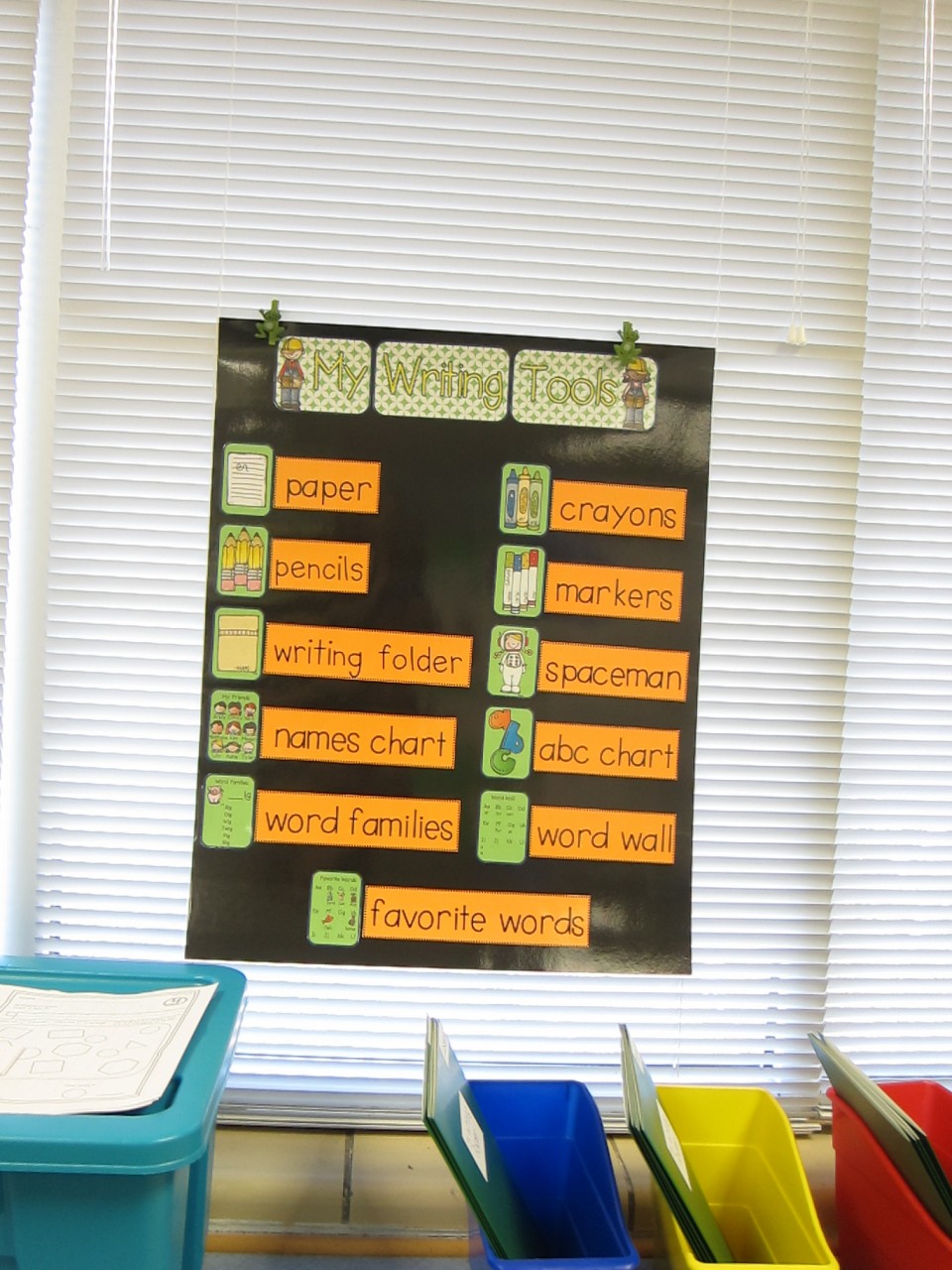One community studies the cost of school readiness
- July 7, 2017
- / Shannon Nickinson
- / community-dashboard

Two professors in Southwest Florida wanted to know the price tag for getting the community’s 3- and 4-year-olds kindergarten ready.
It might be safe to say the answer gave them sticker shock.
Larry Miller is the dean of the School of Education at Florida Southwestern State College. Megan Just is the senior research analyst at Florida Southwestern State College’s School of Education. Their guest column on the study may be found here.
They conducted an analysis of “The Cost of Preparing Students For Kindergarten in Southwest Florida.” You can read it here.
The study authors wanted their panel of advisors to consider the number of personnel and the amount of non-personnel related resources it would take to get a classroom of 3- and 4-year-olds ready for kindergarten. Then they asked the panel to adjust those numbers if the classroom had a 25 percent poverty rate, and if it had a poverty rate of 100 percent.
They focused on five counties: Charlotte, Collier, Hendry, Glades and Lee.
“It is not surprising that the cost of preparing all 3- and 4-year olds for kindergarten in high quality preschools is relatively high,” the study concludes. “The costs of providing high quality preschool are largely driven by lower student-teacher ratios, higher compensation, and more support staff.
“Traditionally, it is left to the providers and families to cover the... gap between existing funding and the cost of providing high quality preschool,” the study continues. “The… gap may be too high a burden for low and middle income families to cover.“
That’s because the gap is big — $8,337 per student for center-based care and $12,867 per student in home-based childcare — between the funds available and the cost of the resources required in terms of staffing, pay, professional development, meal service and support.
Parents are asked to close that gap. And the children of those who can afford to pay more, it would seem, benefit more.
And those who can’t? Well, those children may not be getting the same benefits.
I shared the study with Zach Jenkins, director of the Haas Center for Business Research and Economic Development at the University of West Florida.
“Fascinating study, thank you for sharing,” Jenkins wrote back. “I'm not aware of any research like this for our region. My hunch is that a study for our region would yield similar results — specifically a large gap between the cost to run high quality pre-k and the available funds.”
The study authors propose doubling the state’s funding of voluntary prekindergarten — which now stands at about $2,400 per child — raising local taxes or a combination of the two, to help close the gap.
That can be a hard sell.
Whatever solution that community — or this one — arrives at to improve access to and quality of early childhood education, it’s unlikely to be inexpensive.
But it might be one that ends up being the most worthwhile investment in future economic development that any community can make.
What Miller and Just find out in the next steps of their study is worth keeping an eye on.
 CivicCon launches with a look at good growth in cities
CivicCon launches with a look at good growth in cities
 Building stronger brains one baby, one parent at a time
Building stronger brains one baby, one parent at a time
 SCI debuts commercial on Early Learning City
SCI debuts commercial on Early Learning City
 Entrecon: World class speakers and an opportunity to sharpen skills
Entrecon: World class speakers and an opportunity to sharpen skills
 PYP Quality of Life survey 2017
PYP Quality of Life survey 2017
 EntreCon Pensacola 2016: A look back
EntreCon Pensacola 2016: A look back
 Leadership tip: getting better employee takeaways
Leadership tip: getting better employee takeaways
 Leadership tip: be interested instead of interesting
Leadership tip: be interested instead of interesting
 Leadership tip: delivering difficult messages
Leadership tip: delivering difficult messages
 Brain Bags boost Arc, Early Childhood Court programs
Brain Bags boost Arc, Early Childhood Court programs